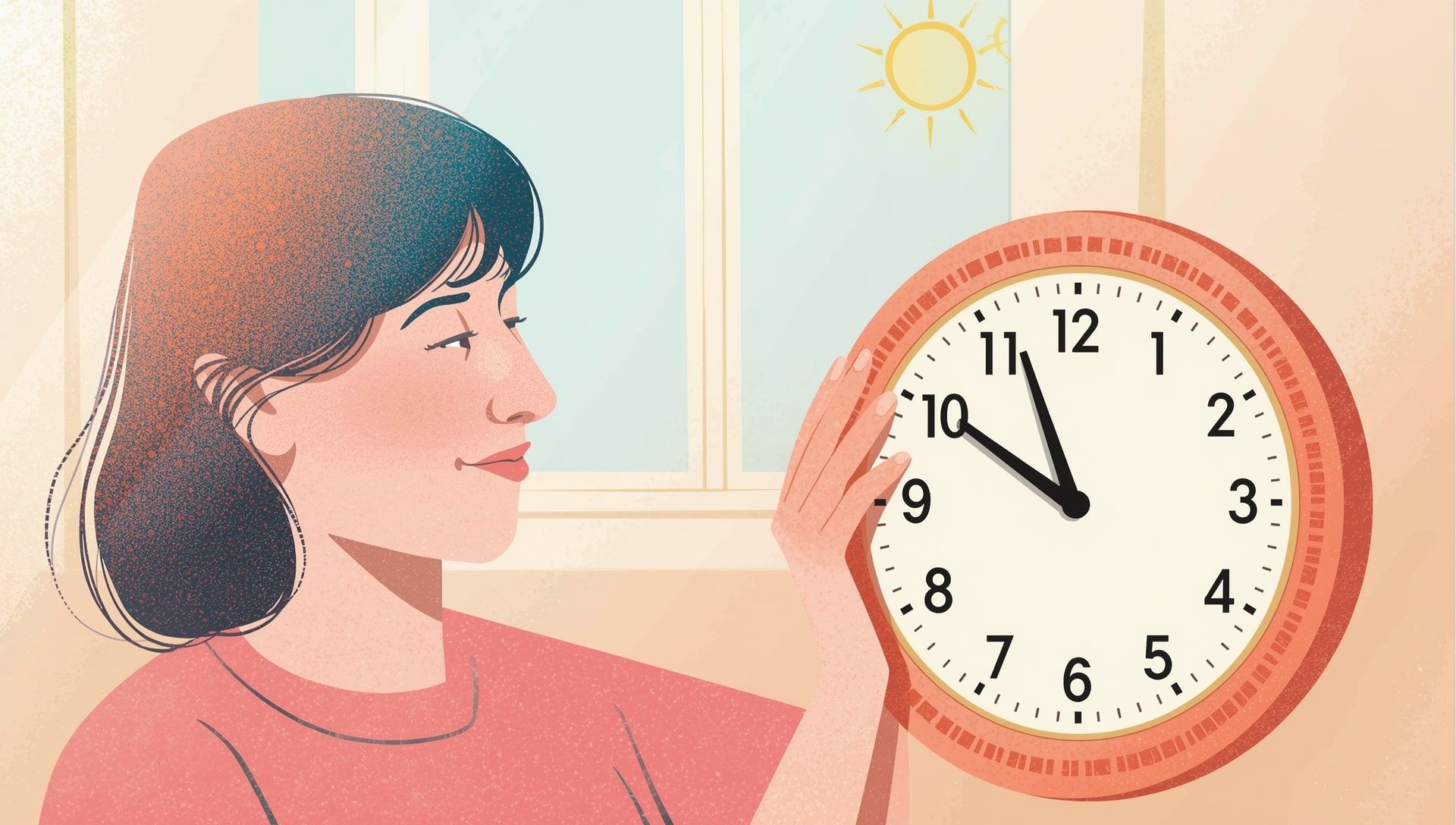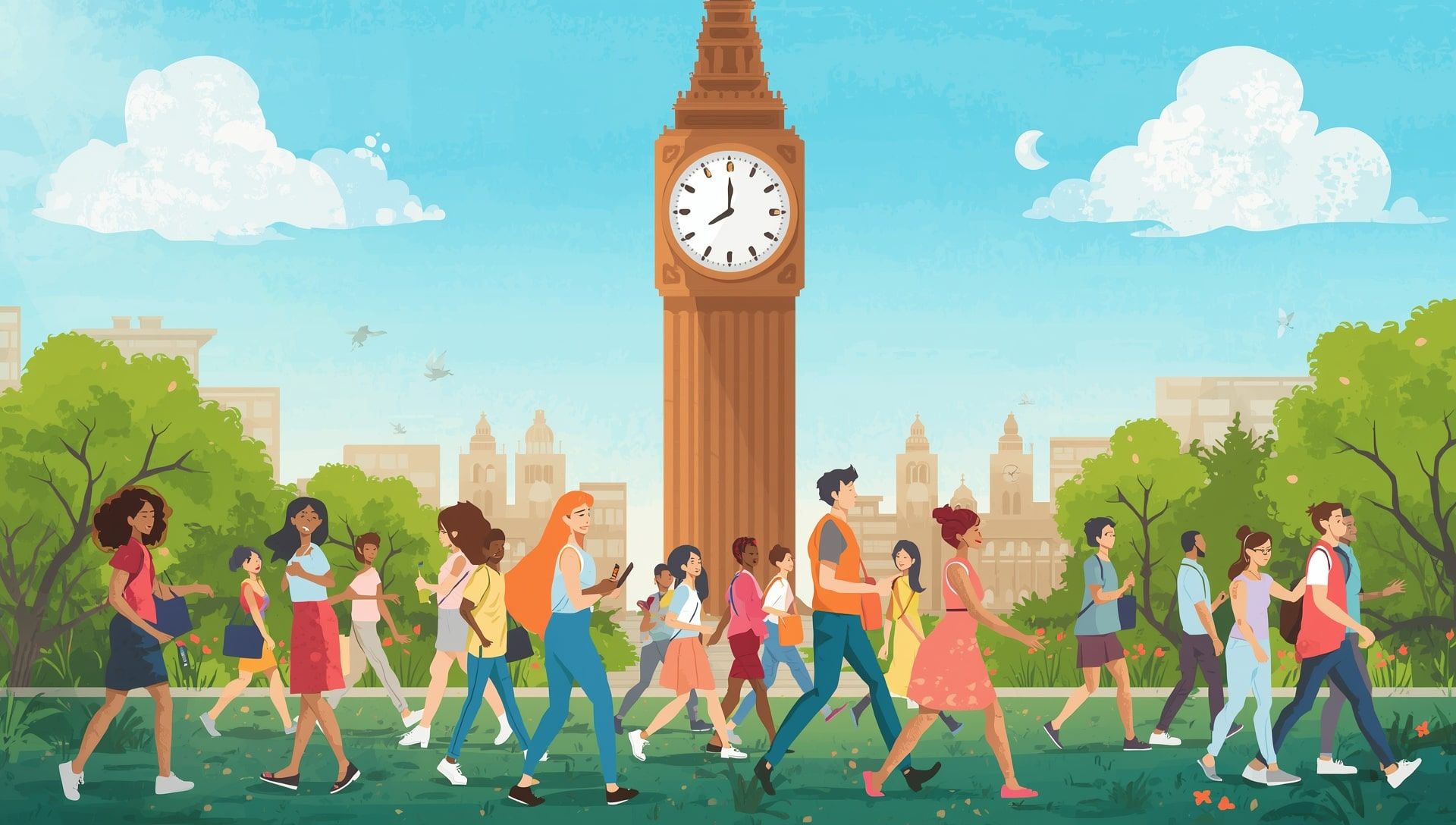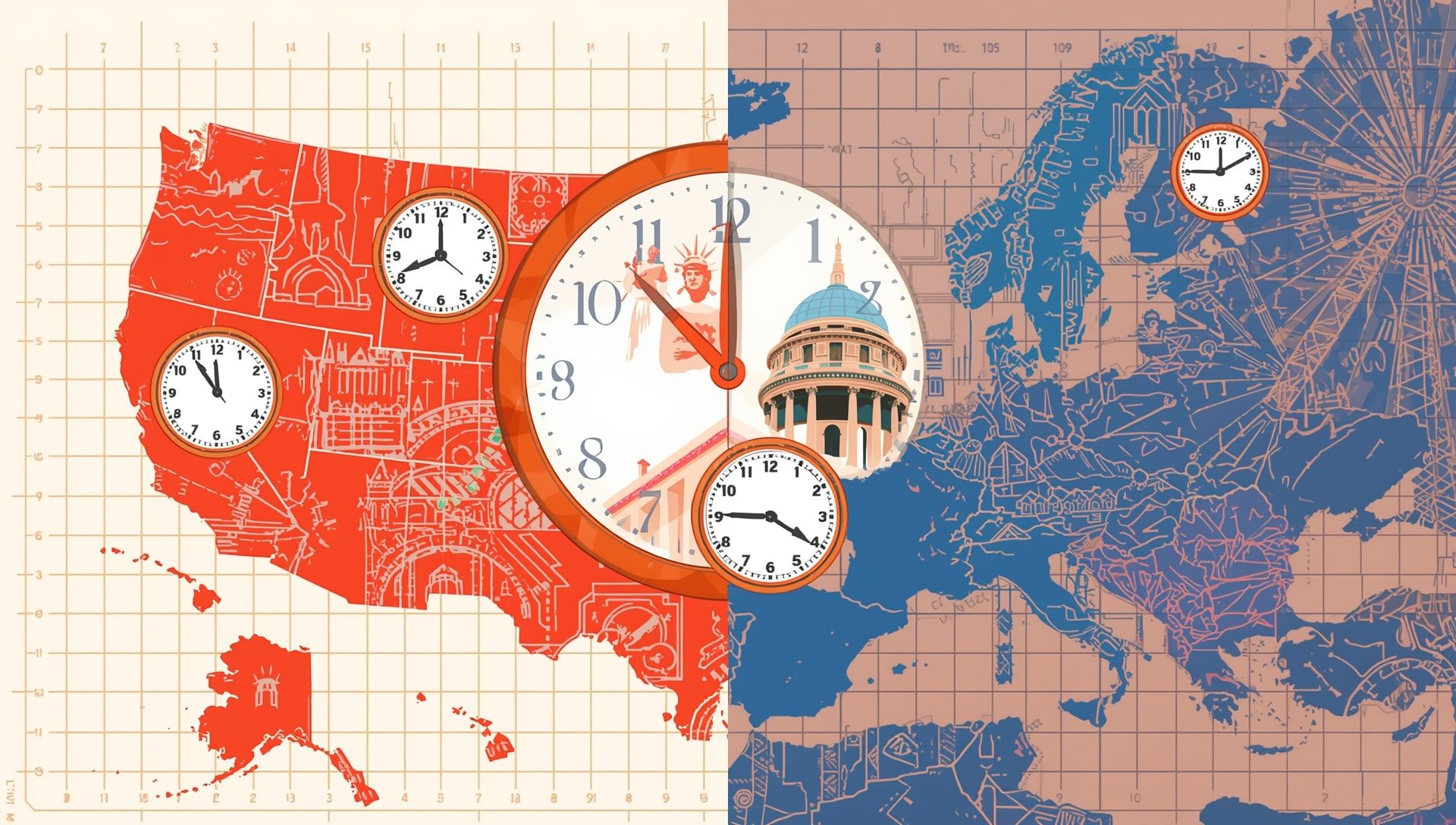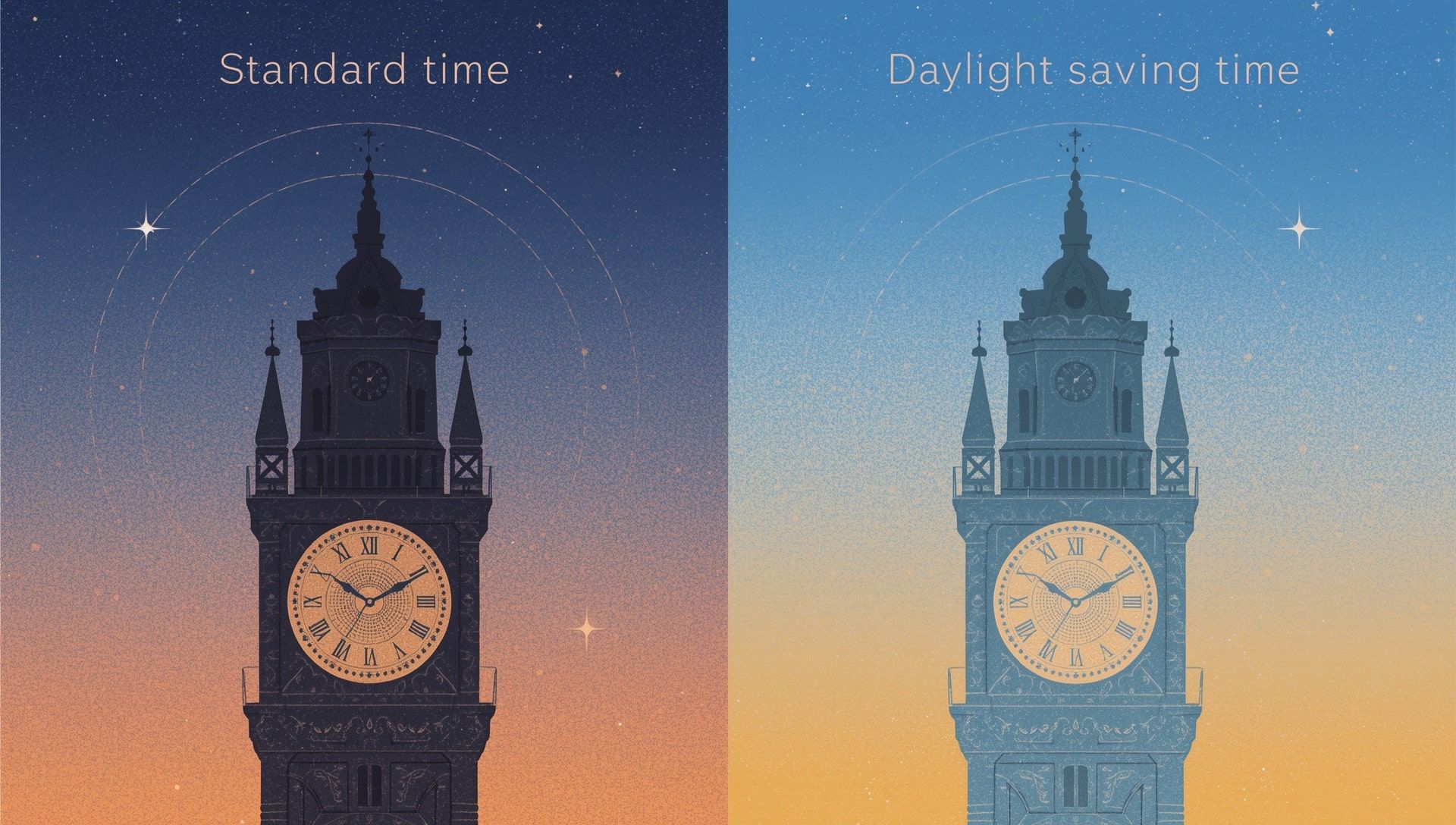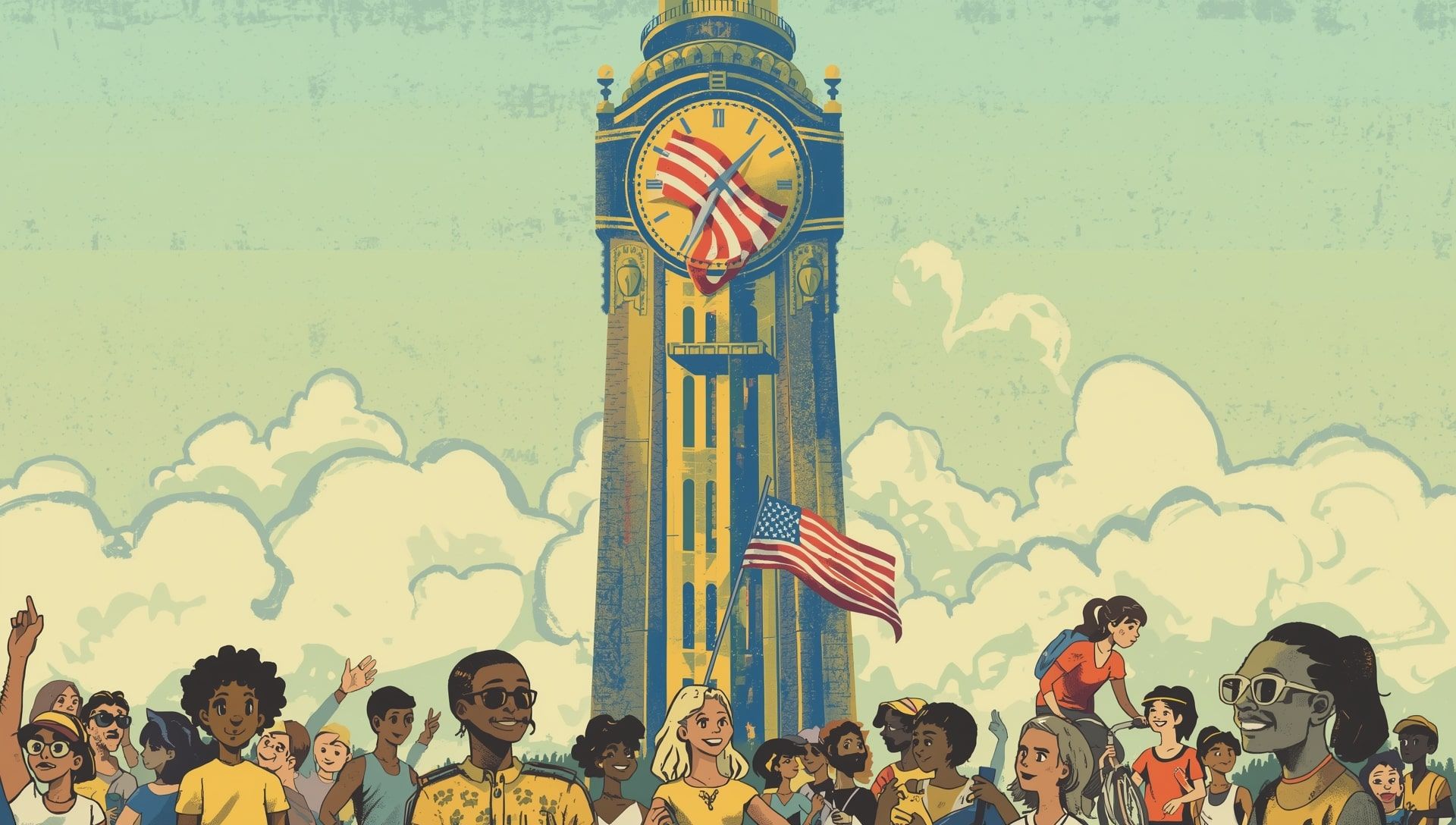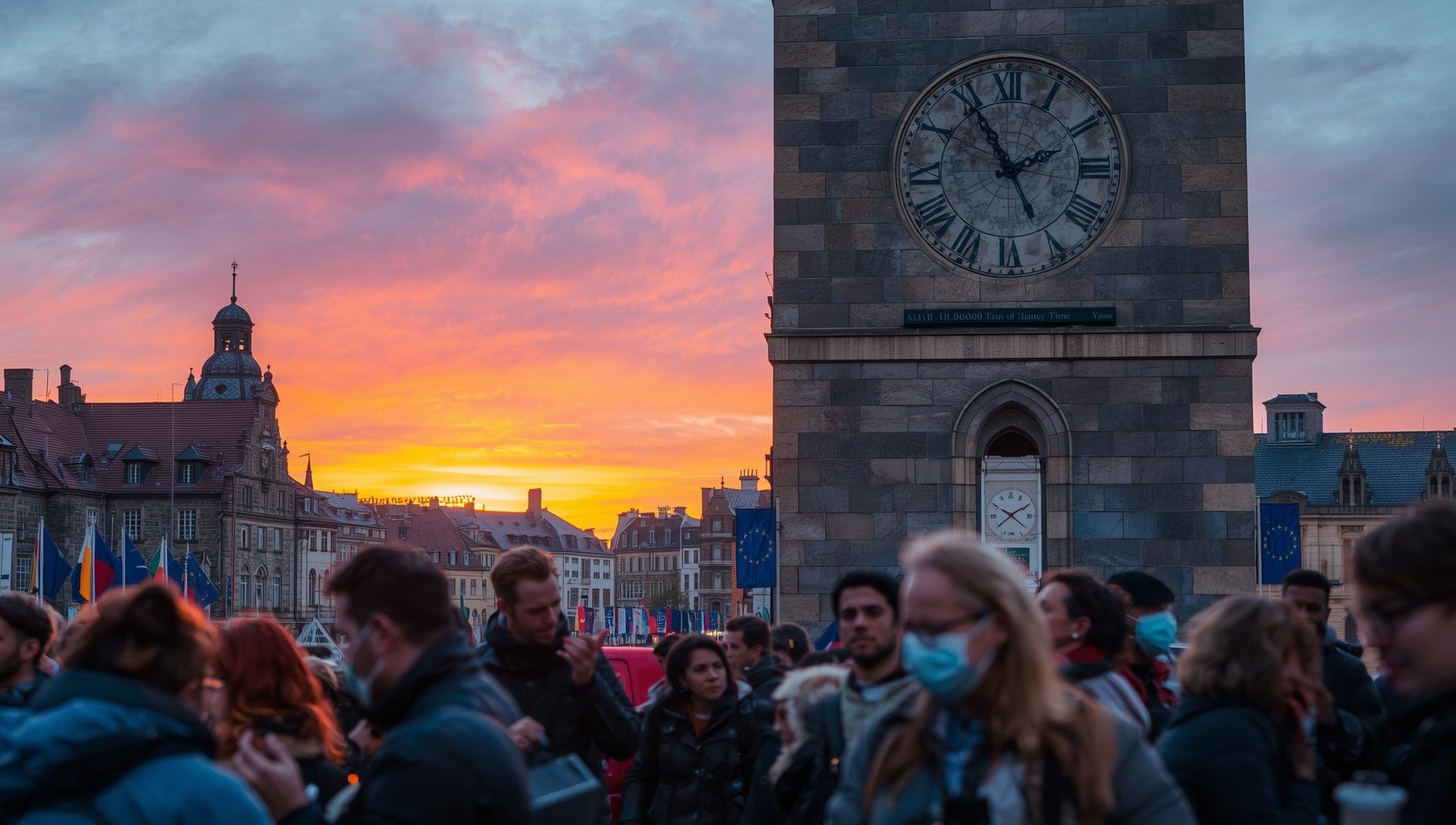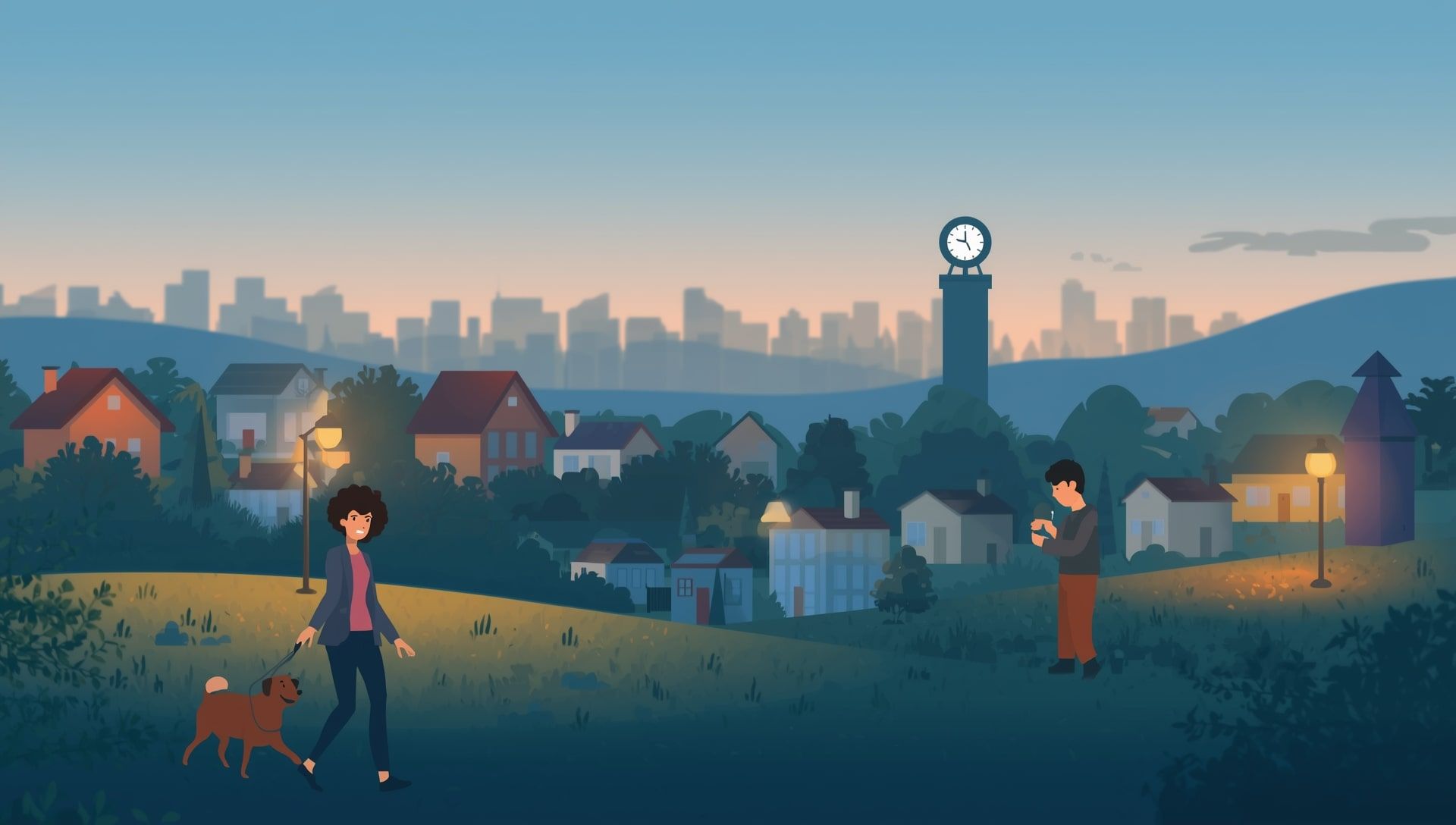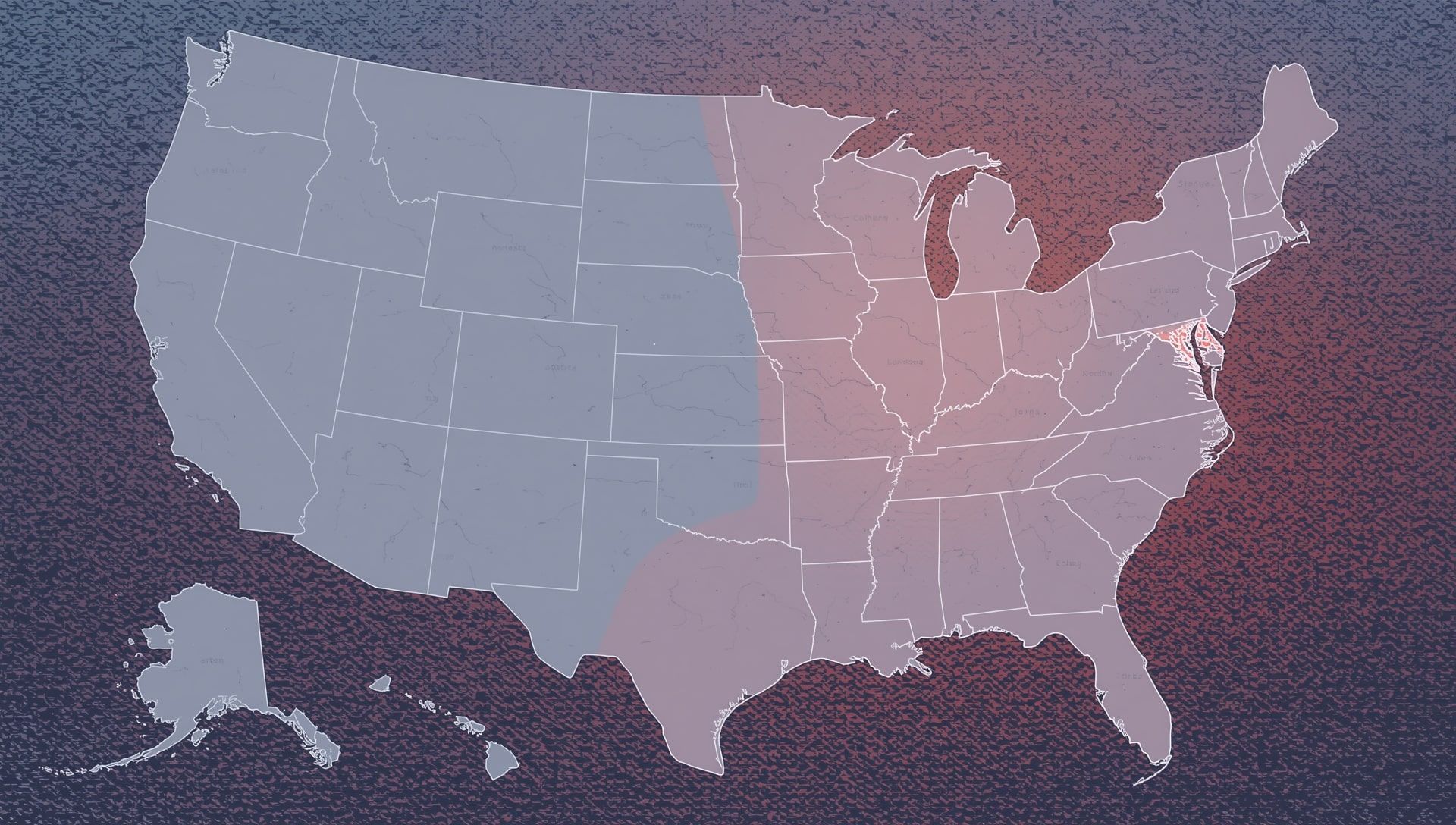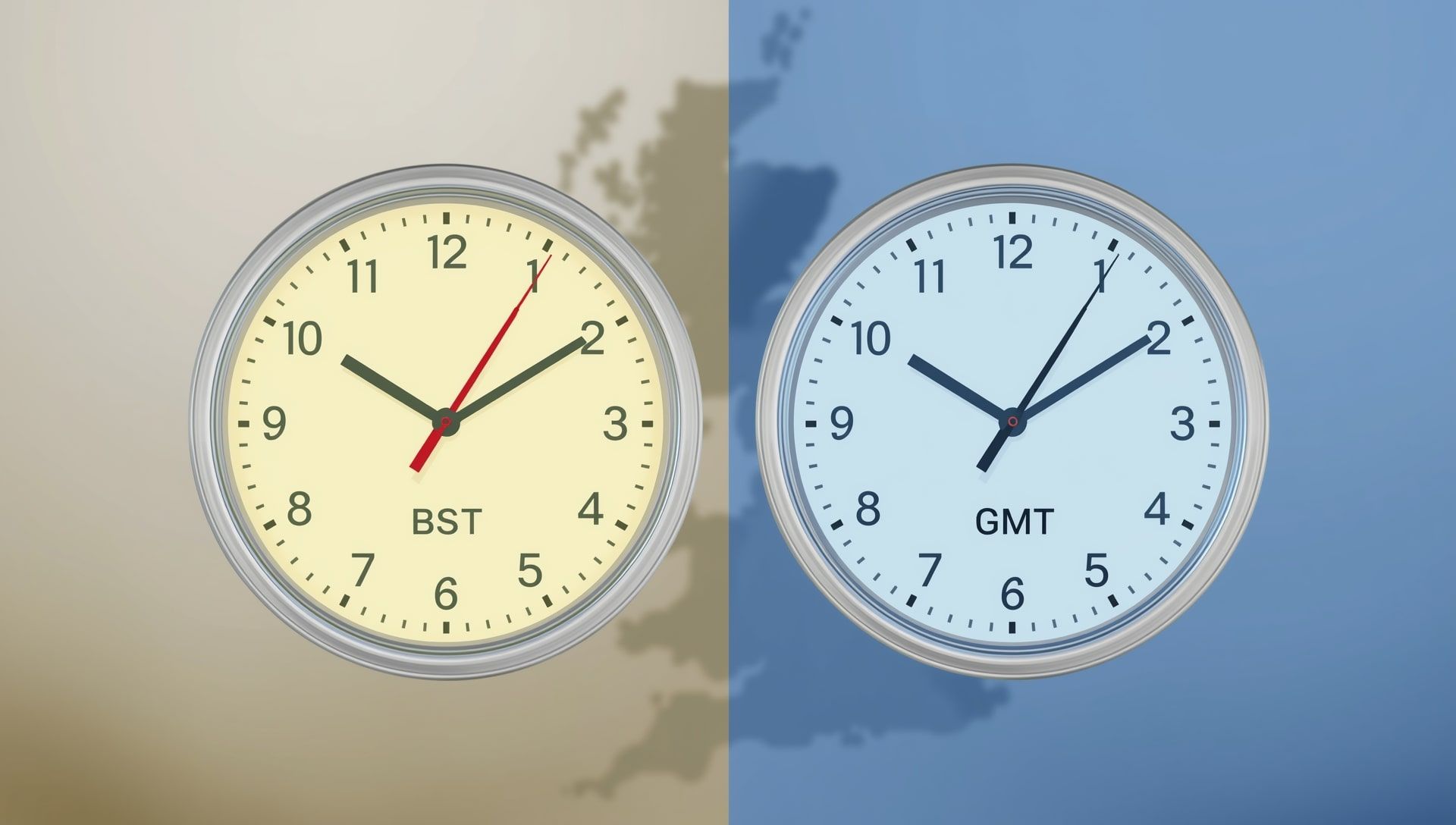Each year, millions of people adjust their clocks forward or backward, chasing sunlight across the seasons. It’s one of those shared rituals that can leave us groggy, confused, or even debating whether it’s worth it. Yet the idea behind Daylight Saving Time (DST) is deeply rooted in our relationship with light, work, and modern living. Understanding it reveals how societies have tried to sync human activity with the rhythm of the sun.
The Origins of Daylight Saving Time
The roots of Daylight Saving Time go back more than a century. The idea first gained traction during the early 1900s. Benjamin Franklin jokingly suggested getting up earlier to use daylight more efficiently, but it was British builder William Willett who pushed for official clock changes in 1907. He noticed how much daylight people wasted sleeping through bright mornings.
During World War I, Germany became the first country to adopt the time shift to conserve fuel. The United Kingdom and other European nations followed quickly. Later, the United States joined in 1918. The driving motive was simple: saving energy for the war effort. The logic was that longer daylight hours would reduce the need for artificial lighting and heating.
How DST Works in Practice
In regions that observe it, clocks are set forward by one hour in spring, often remembered by the phrase “spring forward,” and set back by one hour in autumn, or “fall back.” This adjustment means that in summer, evenings have more light, while mornings may start darker.
- Clocks move forward one hour in March or April, depending on the country.
- They move back one hour in October or November.
- Not every region observes it since many equatorial countries ignore it because their daylight hours barely change year-round.
This shift affects daily routines, travel schedules, and even computer systems. Phones and smart devices usually adjust automatically, but analog clocks and watches still need manual correction. A feature that aligns with updates in global IANA time zones to prevent confusion.
Energy Conservation: The Heart of the Idea
The core purpose of DST has always been energy savings. In the early 20th century, lighting was one of the largest energy expenses. Longer daylight meant households could use less electricity in the evening. Governments viewed this as a small but effective national effort to cut energy costs.
Modern studies, however, show mixed results. While some research suggests minor reductions in electricity use, others show that modern energy patterns like air conditioning offset those savings. In warm climates, people tend to use more cooling during the extended daylight hours, which can cancel out any gains.
Social and Psychological Effects
DST doesn’t just shift time, it shifts how people feel. The transition can disturb sleep patterns and increase fatigue for several days. Studies link the spring shift with higher rates of accidents and heart attacks. People’s internal clocks take time to adjust, and for some, that hour of lost sleep can be tough, especially for parents managing routines around children’s sleep schedules.
Yet many people enjoy longer evenings. More sunlight after work means extra time outdoors, better moods, and a social boost. Parks, restaurants, and sports facilities often see increased activity. For many, that’s the real benefit of DST, it gives life a slower, brighter rhythm during warm months.
The Global Patchwork of Time Changes
DST isn’t universal. Some countries tried it and abandoned it. Others have never adopted it at all. Even within countries, regions can differ. For instance, Arizona and Hawaii do not observe it, while the rest of the United States does.
Around 70 countries currently use DST. It’s most common in North America, Europe, and parts of the Middle East. Many African and Asian nations find little benefit since their daylight hours stay consistent throughout the year, something easily observed using a global world clock or interactive time zone map.
- Hawaii and most of Arizona skip DST entirely.
- Russia stopped using DST in 2014, staying on permanent standard time.
- The European Union’s debate about ending DST continues.
- In the Southern Hemisphere, DST months are reversed compared to the Northern Hemisphere.
Daylight Saving Time Around the World
Below is a summary table showing how different regions approach DST today. Each has adapted or rejected the concept based on climate, geography, and cultural habits.
| Region | Observes DST? | Typical Change Dates | Notes |
|---|---|---|---|
| United States | Yes | March to November | Hawaii and Arizona do not participate |
| European Union | Yes | March to October | Considering permanent time alignment |
| Australia | Partially | October to April | Queensland and WA skip DST |
| South America | Varies | October to March | Brazil ended DST in 2019 |
| Asia | No | - | Most countries near the equator do not need DST |
| Africa | No | - | Consistent daylight makes DST unnecessary |
Arguments for Keeping Daylight Saving Time
Supporters of DST often emphasize lifestyle and social benefits. Longer evenings can encourage physical activity, tourism, and retail spending. It also helps align human activity with daylight hours, which can reduce traffic during dark mornings or evenings—benefits often cited by event organizers and community planners.
- Extended daylight for leisure: Families can spend more time outside after work or school.
- Possible energy savings: Although modest, some regions still report reduced lighting costs.
- Economic boost: Longer evenings can benefit local businesses and outdoor attractions.
- Safety benefits: Some studies suggest fewer pedestrian accidents in the evenings when it’s lighter.
The Arguments Against DST
Critics argue that DST disrupts the natural body clock and offers little practical gain today. Modern society runs on constant energy demands regardless of sunlight, thanks to technology and round-the-clock work cycles.
- Health impacts: Sleep loss, stress, and heart risks increase during the spring shift.
- Economic disruption: Airlines, international business, and stock markets face scheduling complications across different time zones.
- Minimal energy benefits: Modern energy consumption doesn’t rely as much on daylight as in the past.
- Confusion and inconvenience: Twice-yearly clock changes cause errors in digital systems and appointments.
The Changing Relevance of DST
As the world becomes more connected and powered by technology, the reasons for DST grow less convincing. Many energy experts say that the savings are marginal at best. The practice also adds unnecessary complexity to travel, business, and digital systems, especially for organizations tracking schedules through time zone converters.
Still, there’s something symbolic about DST. It represents humanity’s attempt to shape time, to wrestle control of daylight from nature’s steady march. That tug of war between human design and the sun’s rhythm continues to this day.
A Brighter Way to Think About Time
Whether DST stays or goes, it reminds us that time is not just numbers on a clock, it’s how we choose to live our days. The extra hour of daylight might not save much electricity, but it can encourage connection, movement, and appreciation of the natural world. Perhaps that’s the true value, making us more aware of the daylight we often take for granted.
As debates continue across governments and kitchen tables alike, one thing remains certain: the sun will rise and set regardless of our clocks. What matters most is how we use the light we have—whether measured by a calendar or guided simply by the sky.
